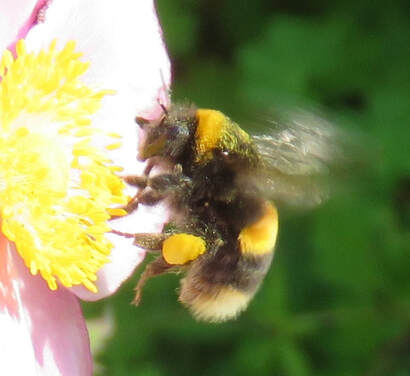 Bumblebee with pollen-basket on her hind leg
Bumblebee with pollen-basket on her hind leg There's a heat-wave and the early morning sun is strong. I see strands of spider silk strung across the flowers of Japanese anemone. But my camera cannot see them- the spider needs his web to be invisible to his insect prey.
In summer 2014, I was writing Cumbrian Contrasts, and studying pollination. That was the first time I photographed a Bumblebee pollen-basket.
Today's image is clearer
After the glare and blaze of a heat wave, a sky with depth of cloud was a relief. The Scout Scar flora looked burnt-out and blitzed, the anthills too. Micro-moths and bees fared better in the wind than the few faded fritillaries. Heather was budding but nectar would only flow as the flowers bloomed. Carline thistle has spiny bracts guarding the florets where the red-tailed bumblebee foraged. Knapweed was a source of pollen and nectar and I followed the bees from one patch of flowers to another. Red-tailed bumblebees nest underground, at the base of dry stone walls in a colony of 50–100 bees.
Flowers and bees need each other, theirs is a symbiotic relationship. To reproduce, flowers attract pollinators; patterns within the corolla guide them to their store of nectar, and the flowers signal with 27 July 2014 ultra-violet light. An electric field between flower and bee tells when the flower is out of nectar, so the foraging bee conserves vital energy – a sudden change in the weather, or running out of fuel, can be fatal.
I could hear bees buzz in spurts of sound as they approached flowers and this buzz-pollination (sonification) releases the grains of pollen. A bee feels its way into a flower, deep amongst the pollenbearing anthers, shaking the pollen grains loose, brushing them over its soft short hairs and transferring them to the next flower it visits and pollinates. The female bee stores pollen in a corbicula (a pollen basket) on her hind legs to carry it back to the hive where pollen is fed as protein for bee larvae.
Clear, liquid nectar is also collected by bees, stored in a second stomach and transported to the hive where worker bees digest it, using enzymes to break down the complex sugars to produce raw honey which is dried and stored in honeycomb and capped with wax. Honey is an essential food source to help the colony over-winter. The loss of pollinators was a news item on Farming Today next morning. Research is being funded by the manufacturers of pesticides, so there were questions surrounding transparency, openness, and accountability.
Extract from Cumbrian Contrasts- please respect all copyright.
Feed him with apricocks and dewberries,
With purple grapes, green figs and mulberries,
The honeybags steal from the Humble-bees,
And for night-tapers crop their waxen thighs
And light them at the fiery glow-worm's eyes
To have my love to bed, and to arise.
And pluck the wings from painted butterflies,
To fan the moon-beams from his sleeping eyes ,
Nod to him, elves, and do him courtesies.
Here is seduction at the court of Elizabeth I st. Gloriana, whose adventurers Raleigh and Drake are on voyages of discovery..
'I'll put a girdle round about the earth in forty minutes,' boasts Puck who's faster than any sea-captains.
There's fresh fruit and honey. And beeswax for tapers. Beeswax, for a gentleman. If Titiania, the Fairy Queen, knew her lover was Nick Bottom the weaver he'd be lucky to be offered a rush candle dipped in tallow- Nor would she offer him fruit newly introduced to the Tudor court: apricots, figs and mulberries. This was courtly fare, the gift of a queen. The fan she pictures evokes the intricate embroidery of the Tudor Court. Painted with patterns as bright and lovely as butterfly wings. With cowslip petals from meadows about Stratford and spices from the Indes. The rich imagery of this poetry and just look at those rhymes!
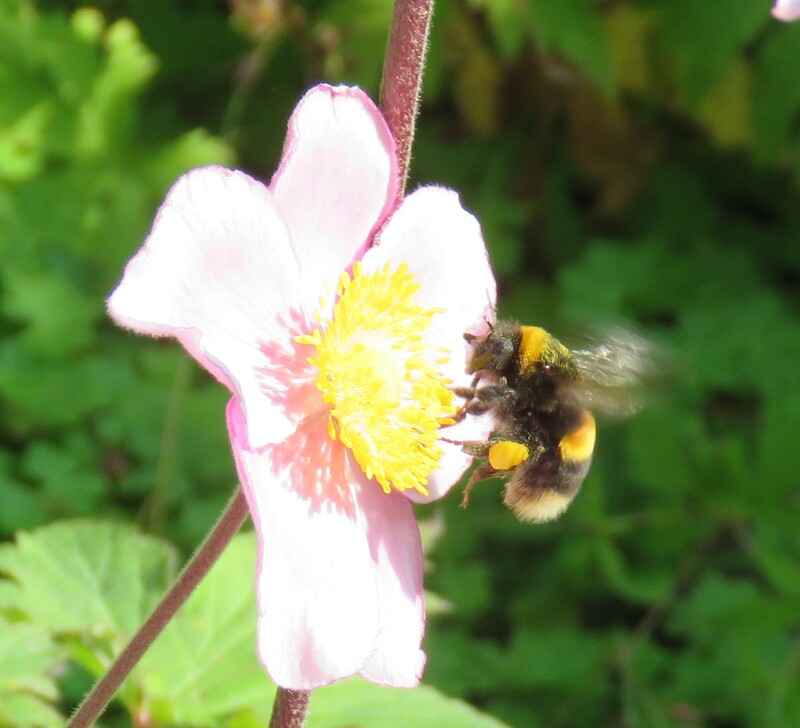
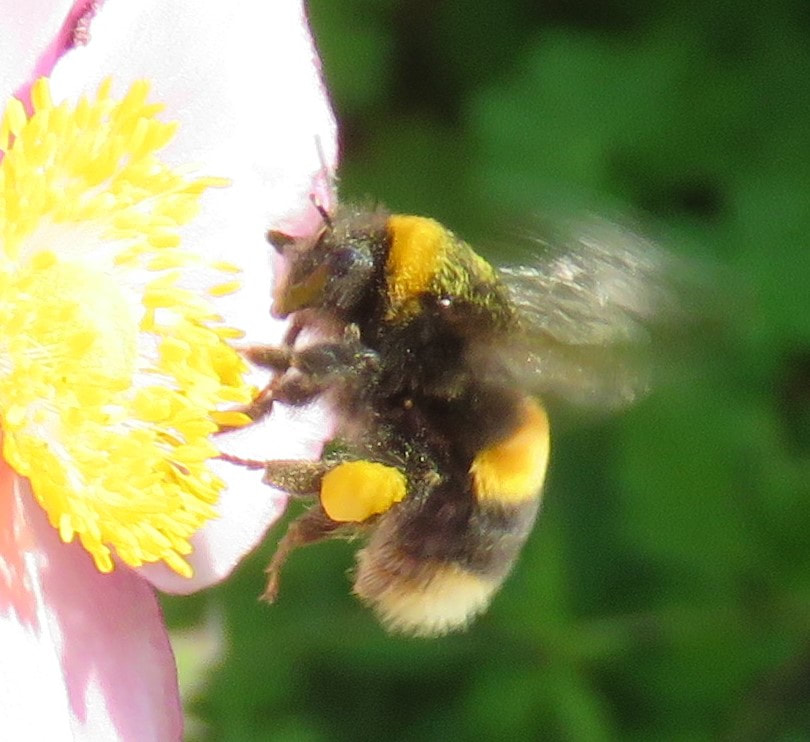
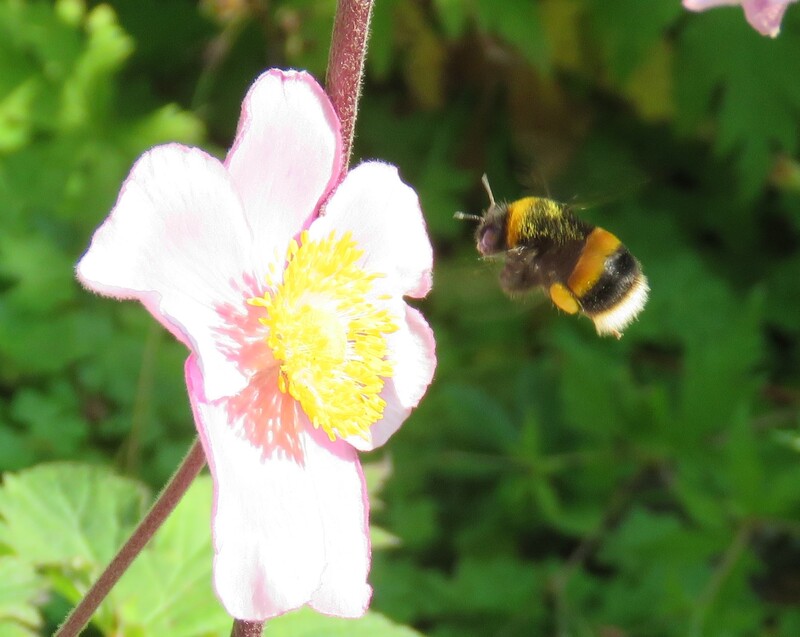
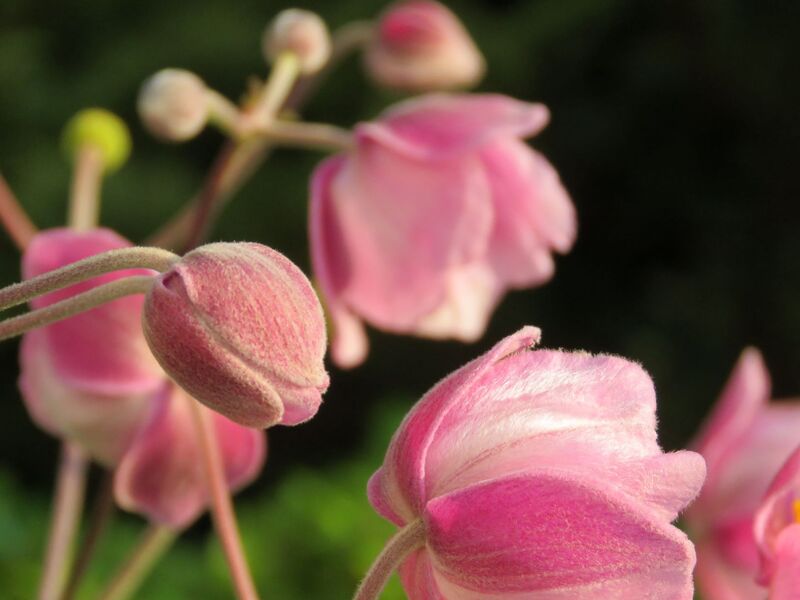
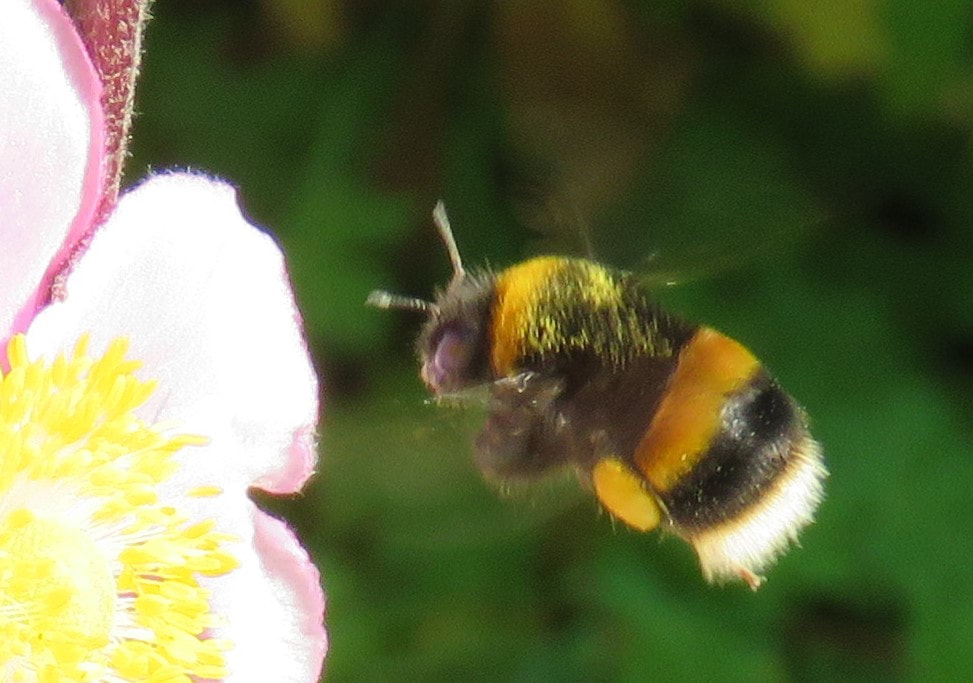
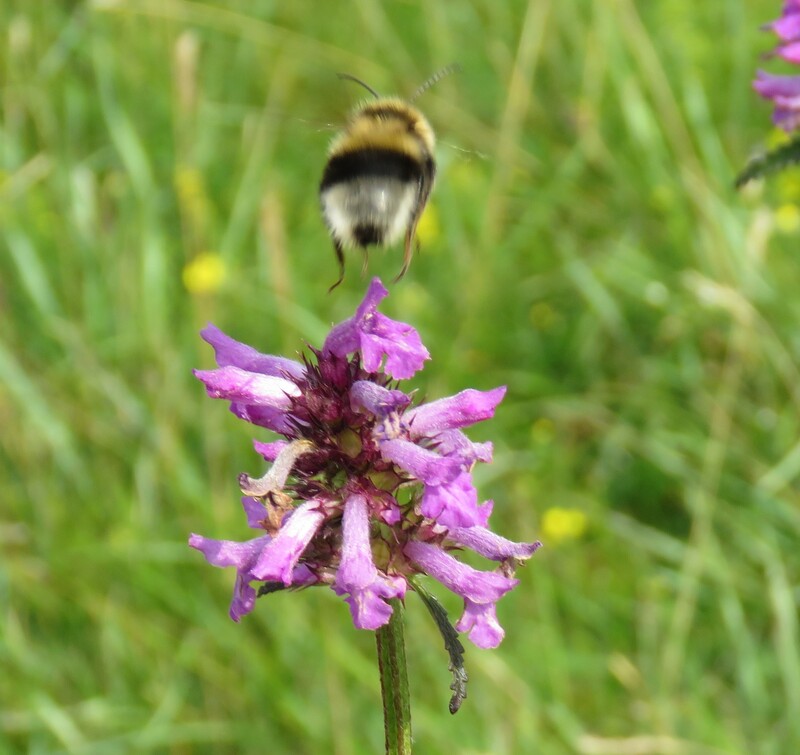
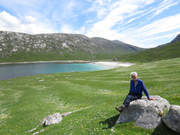
 RSS Feed
RSS Feed